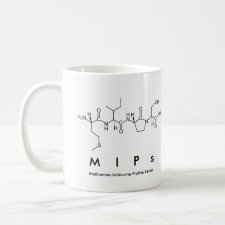
Authors: Mirmohseni A, Shojaei M, Farbodi M
Article Title: Application of a quartz crystal nanobalance to the molecularly imprinted recognition of phenylalanine in solution.
Publication date: 2008
Journal: Biotechnology and Bioprocess Engineering
Volume: 13
Issue: (5)
Page numbers: 592-597.
DOI: 10.1007/s12257-008-0028-1
Abstract: Abstract: A quartz crystal nanobalance (QCN) biosensor was developed for the selective determination of phenylalanine (Phe) in aqueous solutions. A Phe imprinted copolymer was synthesized using polyacrylonitrile and acrylic acid [poly(AN-co-AA)]. The copolymer was then coated on quartz crystal electrode to form complementary structures for the template recognition of Phe. The composite electrode was then used to determine Phe levels in solution. Determinations were based on frequency shifts of molecularly imprinted polymer (MIP) modified quartz crystal electrode caused by Phe adsorption. The frequency shifts were linearly dependent on Phe concentration over the range 50 - 500 mgL-1. The results obtained show that the imprinted poly(AN-co-AA) modified biosensor had higher sensitivity (0.5839 Hz/mgL-1) than a non-molecularly imprinted copolymer (0.2724 Hz/mgL-1). Furthermore, good reproducibility, R.S.D. = 1.84% (n = 7) was observed, and the detection limit was 45 mgL-1. The selectivity of the imprinted poly(AN-co-AA) modified biosensor was examined using a number of analytes similar to Phe, i.e., dopamine (DA), ascorbic acid (AscA), vanillylmandelic acid (VMA), uric acid (UA), tryptophan (Trp), and tyrosine (Tyr), and the results obtained showed a size dependent selective effect
Template and target information: phenylalanine, Phe
Author keywords: phenylalanine, biosensor, quartz crystal nanobalance, poly(AN-co-AA), MIP



Join the Society for Molecular Imprinting

New items RSS feed
Sign-up for e-mail updates:
Choose between receiving an occasional newsletter or more frequent e-mail alerts.
Click here to go to the sign-up page.
Is your name elemental or peptidic? Enter your name and find out by clicking either of the buttons below!
Other products you may like:
 MIPdatabase
MIPdatabase









